How Static and Dynamic Characters Shape the Reading Experience

When you dive into the pages of a novel, what pulls you in?
Is it the twisty plot, the vivid settings, or the suspense? While all these elements are crucial, it's often the characters who steal the show. Characters are the soul of any story, giving life to the narrative and connecting readers to the tale being told.
In the realm of fiction, characters can be broadly categorized into two types: static vs. dynamic characters. Let's unravel how the presence of these characters shapes our reading experience.
Understanding Static and Dynamic Characters in Fiction
Before we delve deeper, let's clarify what we mean by static and dynamic characters.
Static Characters: These characters are like your old, reliable friends. They don't change much throughout the story. Their beliefs, personality traits, and perspectives remain consistent from start to finish. Think of them as the steadfast lighthouses in the turbulent sea of a story's plot.
Dynamic Characters: On the flip side, dynamic characters are all about evolution. They undergo significant internal changes throughout the story. These changes could be due to various factors like personal experiences, challenges, or interactions with other characters. They are the ones who experience a transformative journey, emerging as altered individuals by the story's end.
The Impact and Role of Static Characters
- Consistency and Reliability: Static characters offer a sense of stability in a story. When everything else is changing, they provide a constant, predictable element that readers can rely on.
- Reflecting Realism: Not everyone changes drastically in real life. Some people remain true to their core, regardless of the circumstances. Static characters mirror this aspect of human nature, adding a layer of realism to the narrative.
- Highlighting Change: By staying the same, static characters act as a foil to the dynamic ones. Their consistency throws the transformations of other characters into sharper relief, making those changes more pronounced and impactful.
The Impact and Role of Dynamic Characters
- Emotional Engagement: Readers often find themselves more emotionally invested in dynamic characters. Watching a character grow, struggle, and evolve can be a deeply relatable and engaging experience.
- Driving the Narrative: Dynamic characters are frequently the catalysts for a story's development. Their decisions, mistakes, and growth often propel the plot forward, creating tension and intrigue.
- Offering Lessons: The transformations of dynamic characters can serve as valuable lessons or moral takeaways for readers. Their journeys can inspire, caution, or provoke thought, leaving a lasting impression beyond the final page.
Balancing the Cast – Static vs Dynamic Characters

A well-crafted story typically features a mix of static and dynamic characters. This balance is not about filling a quota but about creating a narrative that feels layered and authentic. Here's how a balanced cast enhances the reading experience:
- Diversity of Perspectives: Just as in real life, people differ in their capacity for change. A story that includes both static and dynamic characters offers a more comprehensive view of human experience.
- Complex Relationships: The interactions between static and dynamic characters can be fascinating. They challenge each other, grow together, or perhaps grow apart, reflecting the complex nature of relationships.
- Narrative Depth: Having both types of characters adds depth to the story. It allows for multiple subplots and character arcs that can enrich the main narrative.
Reader's Corner: Your Take
Now, let's turn the tables a bit. How do you perceive static and dynamic characters? Here's a little exercise:
- Identify: Think of your favorite book. Who are the static and dynamic characters? How do they contribute to your overall enjoyment of the story?
- Reflect: Have you ever changed your opinion about a character by the end of a book? Was it a static character who surprised you or a dynamic one who evolved?
Frequently Asked Questions About Static and Dynamic Characters
Can a character be both static and dynamic?
Generally, a character is categorized as either static or dynamic based on their development throughout the story. However, a character might exhibit traits of both in different aspects of their personality or different storylines, but typically they are predominantly one or the other for clarity in storytelling.
Are static characters less important than dynamic characters?
Not at all. While dynamic characters often undergo more noticeable transformations, static characters play an equally vital role.
Can the protagonist be a static character?
Yes, the protagonist can be a static character. While many stories feature a dynamic protagonist who changes and grows, some narratives are driven by a protagonist who remains consistent, facing and overcoming challenges without undergoing significant internal change.
Why do readers often feel more connected to dynamic characters?
Many readers feel connected to dynamic characters because they mirror the human experience of growth and transformation.
How can I identify if a character is static or dynamic when reading?
To determine if a character is static or dynamic, observe whether they undergo significant personal change in their beliefs, personality, or behavior due to the events of the story. If they end the story much the same as they began, they are likely static. If they have experienced a transformation, they are dynamic.
In Conclusion
Characters, whether static or dynamic, are essential cogs in the storytelling machine. Remember, every character, no matter how seemingly insignificant, has a role to play in the grand tapestry of storytelling.










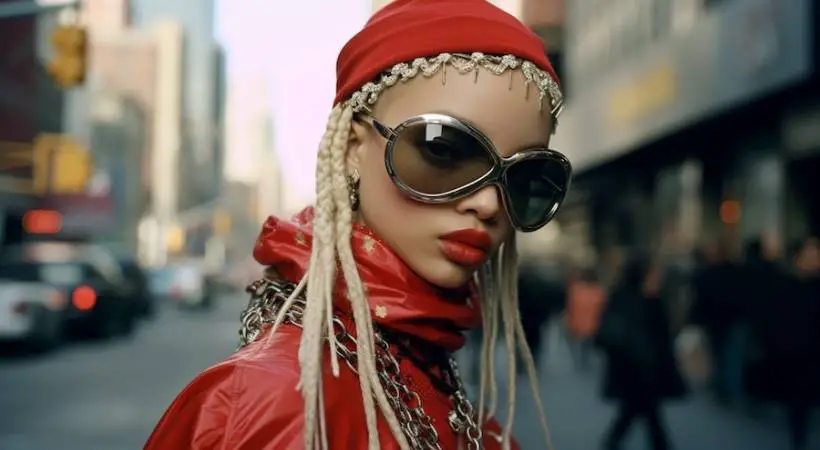


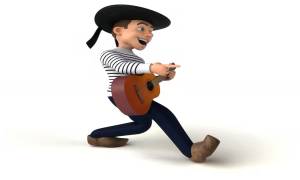




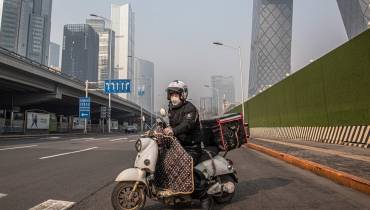








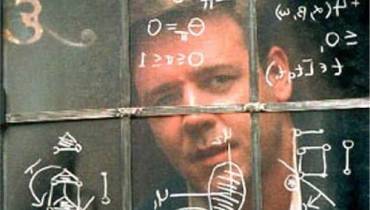
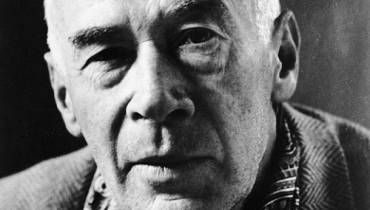






![[node:title]](/sites/default/files/styles/video_thumbnail_bottom/public/cold-pressed-juice-storefront.jpg?itok=nnNaIR-_)
